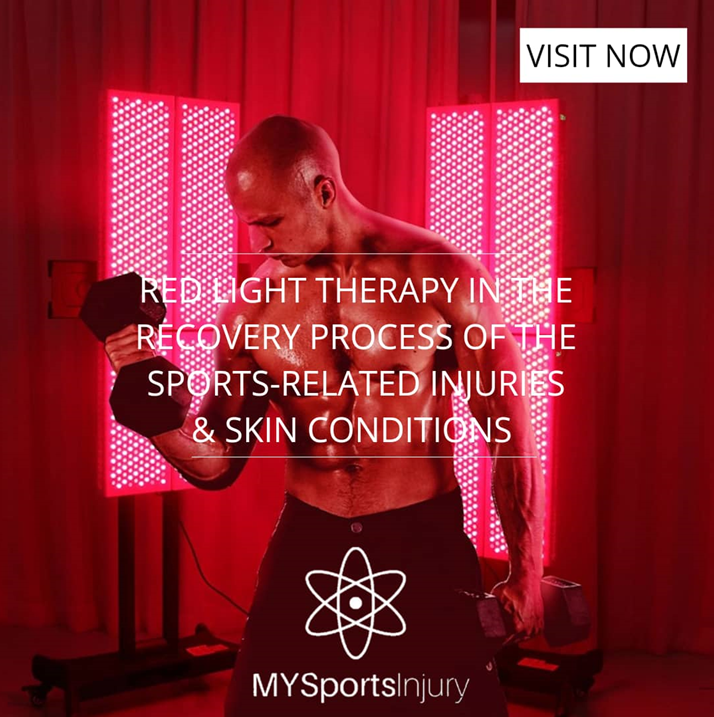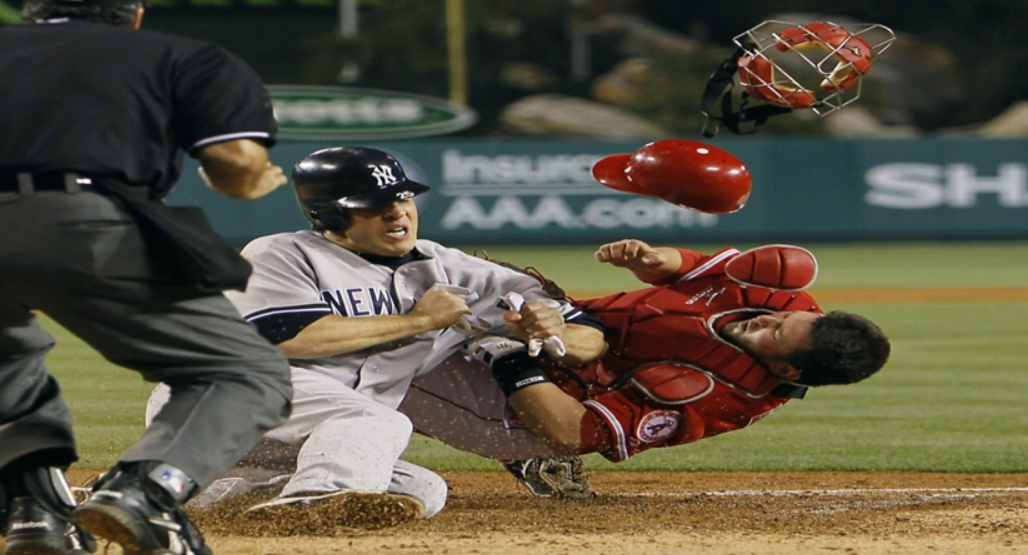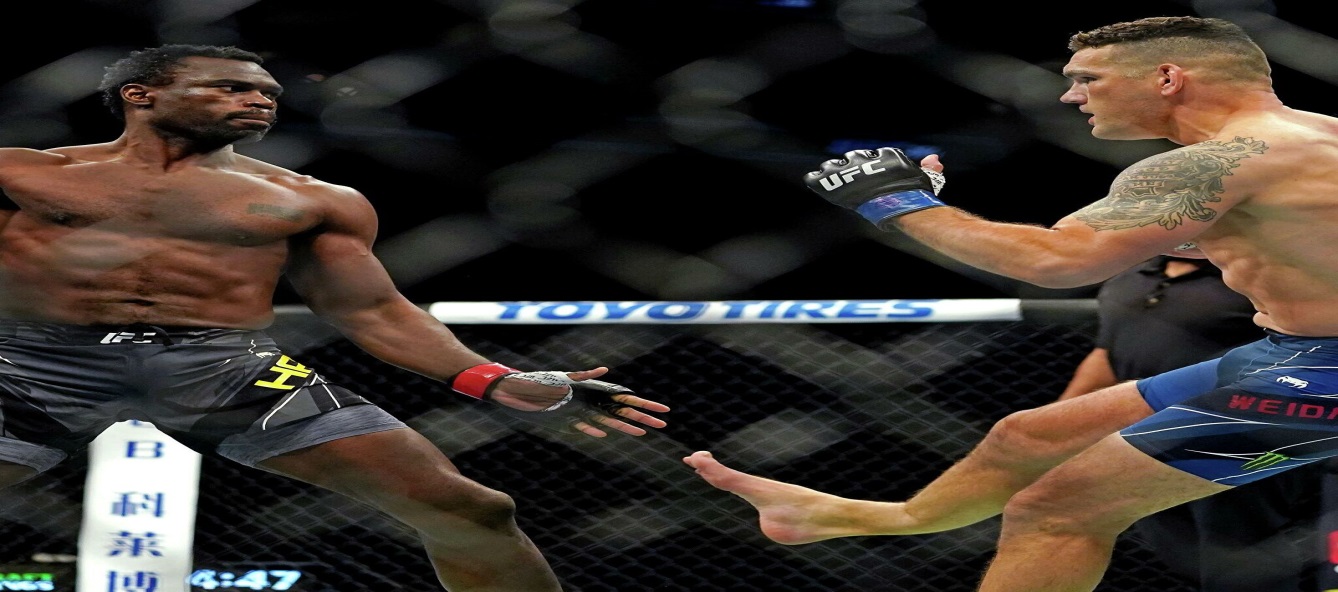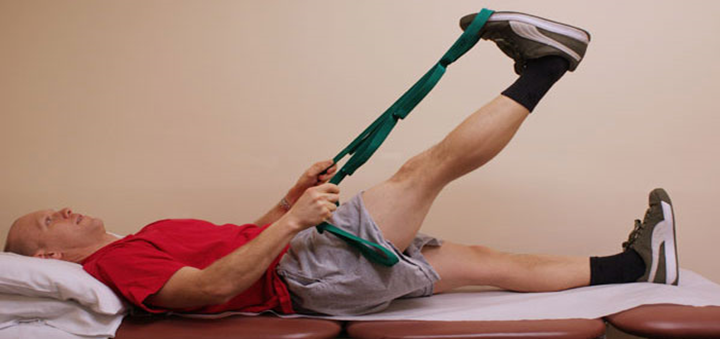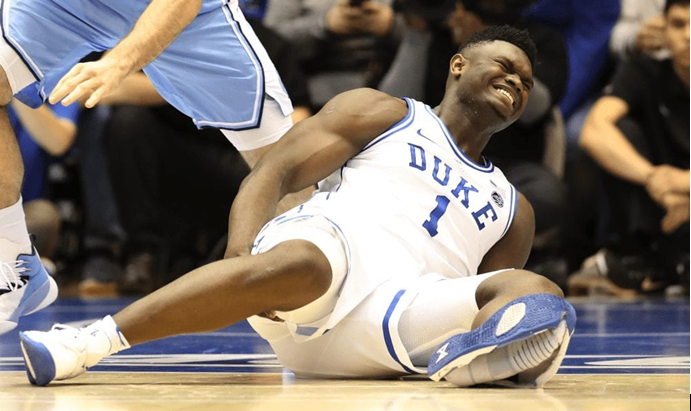SPINAL DE-COMPRESSION
.
We don’t fall because our bodies are programmed to negotiate with the forces of gravity.
The Central nervous system plays an essential part in co-ordinating our motions with increasing sophistication.
💥How we stabilize ourselves determines our postures & the freedom efficiency and adjustments in which we move.
💥We stabilise ourselves by stiffening one part of the body to give leverage to another part of the body.
💥Posture is the way we negotiate between movement & holding still in relationship to gravity. Our Perceptions help orient & align ourselves, your physical structures centring along a vertical line between earth / sky help to resist gravities demands.
HEALTHY SPINE BREATHING
💥If your Spine is stiff with chronic tension your breathing muscles must work harder to raise your ribs & open your chest.
💥Learning to Breathe properly will reduce tension along your spine -
When your spine is extended by your use of good breathing mechanics. It improves the fascial connections around the heart controlling the balance of pressure.
💥Healthy posture breathing actually supports heart health. Nose Breathing improves posture with correct abdominal support, breathing through your nose expands your lower rib cage.
This Expansion elongates your trunk and de-compresses your lower spine.
💥Nose Breathing : Prāṇāyāma is the practice of breath control of life force in yoga. In modern yoga as exercise, it consists of synchronising the breath with movements between asana’s, your nose is an air conditioner filtering oxygen to the lungs. Nose breathing engages your diaphragm & lower ribs & draws air deep into the lower lungs where oxygen absorbs most efficiently.
#Pranayama #pelvicfloor #yoga #rehabscience #healthandwellness #spinedecompression #mysportsstory #movementculture #mobilitymasterclass #chiropractic, #sportsphysiotherapy #mindfullness #diagraphmaticbreathing #posture #injuryprevention #physicaltherapy #nosebreathing #mouthbreathing #sportsmedicine #sportstherapy
My Sports Injury
⬇️RESTORING HEALTHY POSTURE ⬇️ TRANVERSE ADBOMINIS FOR SPINAL HEALTH
‘Optimal Core Stability allows for efficient production and transfer of force to the rest of the Kinectic chain during functional movement.”
10-25% of perceived max effort is sufficient to support the lower back & prevent problems developing.
Healthy Posture and muscles should be mildly active whenever your body is upright and moving.
It is important to pay attention to core stability not only to improve power production in the extremities but also to prevent injuries.
Inner Corset: Transverse Abdominis (TA) has a connection to exhalation breathe. Its deep anterior wall consists of a horizontal sheet of wrapped around the visceral core and blends into layers of fascia from the breastbone to the pubic bone.
Contraction of the TA Compresses the abdomen & tightens lumbar fascia crucial for lower back stability.
Outer Corset:
The Outer corset muscles run vertically including the external abdominal obliques.
These Muscles act to bend your trunk forward & twist it either side.
The Outer corset improves trunk stability by drawing the chest and pelvis together flattening the lumbar spine this puts pressure on the lumbar discs.
Furthermore a shortened outer corset makes your back muscles overwork to keep you upright
Research by Carolyn Richardson et al, suggests that the secret to prevention and elimination of low back pain is sustained by the contraction of the TA.
Reference:
Carlyn Richardson et al., Therapeutic Exercises for Spinal segmental stabilization in low back pain (Edinburgh: Churchill Livingstone, 1999(, 48-49.
Activating your TA through Pelvic Floor Exercises:
Pelvic floor exercises take advantage of the fascial continuity between muscles of the pelvic floor and the Transverse Abdominis (TA).
These exercises can be coordinated with our breath on the exhale to train the synergy of the diaphragm and pelvic floor.
3 main (TA) Activation Exercises of the core:
1️⃣ Kneeling Position to engage pelvic floor muscles to help activate your TA.
(fast twitch fibers used to recruit and gain strength in our posture)
2️⃣ Kegel Exercises
i.e Table Top position extending into Bird Dog Position to activate T.A.
(This exercise can be coordinated with our breath on the exhale to train the synergy of the diaphragm and pelvic floor).
3️⃣ Slow (endurance) kegels:
(this exercise aims to train our slow-twitch muscle fibers. This is where you hold the pelvic floor contraction to build endurance in the muscle for activities such as prolonged standing, carrying items, and walking. Slow kegels can be coordinated with or without our breath).
If you want to find out more on specific Kegel techniques and pelvic floor activation exercises please drop us a message or get in touch
info@mysportsinjury.co.uk
#MySportsInjury #pelvicfloor #yoga #rehabscience #healthandwellness #spinedecompression #mysportsstory #movementculture #mobilitymasterclass #chiropractic, #sportsphysiotherapy #mindfullness #diagraphmaticbreathing #posture #injuryprevention #physicaltherapy #nosebreathing #mouthbreathing #sportsmedicine #sportstherapy #CoreStrength #Abs
BODY ORIENTATION / ARM SWING / WALKING GAIT IMABALANCES
The drive to control our circumstances often result in chronic tension of the hands, arms, shoulders.
Tension indicates that we are stabilizing ourselves with the parts of our bodies meant for interaction and relatedness.
Perhaps you’ve held on to an emotion or an opinion. We tighten our grips whenever we are trying to maintain control.
Intense focus on a task overrides body awareness. You see this when your hands become so emerged in a task that they seem separate from your body altering the structure of your shoulder and spine.
The upper trapezius raises your shoulders towards your neck. The lower trapezius helps secure your scapulas to the middle back providing a better foundation for movement of your arms.
The Serratus muscles lie at spiraling fascial layers wrapped around your trunk from neck to pelvis providing three-dimensional support to your upper body.
There is sensory relationship between the nerves of the hand which impart a feeling of adequacy to the shoulder girdle. This in turn brings strength and energy to the arms.
Arm swings are an essential component of walking. The whole body is affected when the arm swing is reduced.
A clinical study revealed 65% of women were shown a decreased arm swing on the affected breast side. - When tested for mobility , the women were found no physical restriction in their shoulders. This implied that they had unconsciously supressed their spatial awareness which in turn suppressed the swinging arm. For some women the reduced arm swing led to compensatory hip imbalance and lower back pain.
Ref:
Hubert Godard et al., “motion ed e-motion in oncologia,” in psiconcologia, edited by d.amadori et al. (Milan: Masson,2001), 875-81.
Prevention Exercises:
1️⃣ Seated Sphinx / Laying Sphinx Pose with supported head
2️⃣ Wall Traction with forehead against wall – to help decompress the Spine (8 slow breathes – allowing a full minute of stretch)
3️⃣ Wall elbow -to -hand planks (serratus)
compensatory walking gait imbalance? drop us a message or get in touch.
info@mysportsinjury.co.uk
#MySportsInjury #ArmSwing #yoga #rehabscience #healthandwellness #spinedecompression #mysportsstory #movementculture #mobilitymasterclass #chiropractic, #sportsphysiotherapy #mindfullness #Orientation #posture #injuryprevention #physicaltherapy #nosebreathing #mouthbreathing #sportsmedicine #sportstherapy #CoreStrength #Biomechanics #mindfulmotion
FOOT GROUNDING
THE NEW RULES OF POSTURE ⬇️⬇️
Your Feet cannot support your posture if they don’t sense the ground
When your feet and legs are tense perception of the ground fades along with diminishing senses of support, security, and balance.
If you don’t feel the ground you will seek support elsewhere in your pelvis floor, gut abdomen, breath, shoulders or even your jaw.
Closure in any posture zone restrict movements throughout your body.
Your posture cant be adaptable or your movement smoothly without conscious feet.
BALANCE
Our bodies have 3 interacting neurological mechanisms that keep us balanced
Our Eyes relate us to our surroundings
The inner ear right rights our heads relative to gravities pull
Pressure and balance receptors in our feet connect us to the ground.
When your stood on a bolster it activates the receptors in your soles and ankles
When you close your eyes to increase the stimulation of your feet, you were activating the balance mechanism of your inner ear.
Nerves to the inner ear are fully developed before birth importance in acquiring sense of balance. Equipped to deal with gravity before we are born.
Vision is the primary orientating sense. When our eyes dominate the other sense the sensory awareness of our feet fades.
This makes us over stabilise in other areas of the body.
Release tension in the head and neck improves the natural co-operation of your eyes. Feet and inner ears. Such tensions are usually misplaced attempts to stabilise your body.
Your expressive head motions are made by tiny muscles known as the sub-occipitals
Connecting the base of the skull to the upper two neck vertebrae.
The Sub-occipitals have more motion sensors than any part of the human body giving them an important role to play. This functions to keep your head aligned with your entire body.
Fascial links your face and neck any tension in your jaw nose or eyes can harden and immobilize the suboccipital muscles undermining your balance and preventing healthy posture.
When tension in your face locks up the sub occipitals the strain can travel down your spine towards the sacrum. Tensions around your Sacrum prevent you from meeting the ground securely.
Healthy functioning of three balancing systems eyes, ears and feet depends on the responsiveness of your suboccipital muscles.
REPTITIVE MOTION INJURIES / THORACIC OUTLET
Holding different objects through our hands such as comb, hammer or computer mouse
these tools become an extension of the body.
we integrate these objects with precision and refined movement with a focus on manipulating the tool
The objects we use becomes part of our bodies losing connection between the hand and heart – between how we feel and what we’re doing.
Closed stabilisation and shoulder tension then replace open posture.
Repetitive motion injuries (RSI) are often caused less by motion and more by rigidity
of the hand and arm between moves
The nerves through your hands merge through the scalenes muscle on the side of your neck and pass under the clavicle and rib cage known as the thoracic outlet.
When the clavicles are drawn forward by closed posture, the passageway for the nerve supply narrows.
If closed posture of the shoulder girdle becomes habitual, fascial adhesions can entrap the nerves. Overusing the scalenes for upper chest breathing can restrict Thoracic Outlet.
Sometimes hand pain is caused by an problem higher up in the body.
Precision Posture:
1️⃣ walking your hand up the wall with a deep outstretch can prevent carpal tunnel / thoracic outlet problems (30secs hold)
2️⃣ Taking adequate breaks, movement interrupts the hypnotic activity of your workspace and is a healthier way to restore yourself
3️⃣ Practising mindful co-ordination of your shoulder / hands (through activating subcortical centres in your brain. Posture can be changed though sensations, perceptions and emotions).
D.ferrington & Mark Rowe, “Cutaneous Mechanoreceptors and the central processing of their signals: implications for proprioceptive coding, in Proprioception, posture and emotion, edited by David Garlick. (Kensington, N.SW., Aus 1982) 56-69.
Want to learn more and alter your posture please let us know, more info can be found on our blog visit: mysportsinjury.co.uk/blog
#MySportsInjury #PostureCorrection #yoga #rehabscience #healthandwellness #SitStand
#CoreStrength #Biomechanics #mindfulmotion #proprioception
#mysportsstory #movementculture #mobilitymasterclass #chiropractic, #sportsphysiotherapy #mindfullness #Orientation #posture #injuryprevention #physicaltherapy #motion #traditionalchinesemedicine #sportsmedicine #sportstherapy #CoreStrength #Biomechanics #mindfulmotion #proprioception
#bodyworks
FOOTPRINTS: BIOMECHANICS
The Feet are an essential part of our foundation we adapt to the un-even surfaces beneath our feet as well as to the motion of the rest of the body.
It must sustain repetitive shocks of walking and the sudden impacts of pressure as we walk.
Our feet absorb up to three million pounds of pressure on an average day.
Foot im-balances are considered a major cause of lower back pain and the source of problems extending to the shoulders neck and jaw.
Brian A. Rothbart, “Medial Column Foot Systems: An Innovative Tool for improving Posture,” Journal of Bodywork and movement therapies 6 (2002): 37-46.
The mid-foot is responsible for the resilience and adaptability. Many of us have different arches from from high, rigid to flat foot arches.
Collapse in this region are primary causes of foot problems and compensatory imbalances in other parts of the body.
Tension in the feet, no matter what the cause restricts their natural movement. This block bioelectrical impulses that travel through fascial pathways between the feet and organs. Movement of the feet & legs helps pumps lymph and blood to the heart so anything that restrict movement of the feet also affects circulation.
Within Traditional Chinese Medicine (TCM) western healing referred to as reflexology correlating organs with specific regions of the feet.
Improving the bone and joint articulations improves the smooth gliding and transfer of the bodies weight from heel to toe.
‘When the feet are properly aligned the reflex points are automatically stimulated by walking ‘ – Ida Rolf (Structural Integration Therapist)
Rehabilitating the feet often alleviates knee problems.
Profoundly the health of the feet affects health in general day to day life, want to correct your posture and the way you walk mysportsinjury.co.uk
#MySportsInjury #PostureCorrection #FootMechanics #rehabscience #healthandwellness
#CoreStrength #Biomechanics #mindfulmotion #proprioception #mysportsstory #movementculture #mobilitymasterclass #chiropractic, #sportsphysiotherapy #mindfullness #Orientation #posture #injuryprevention #physicaltherapy #traditionalchinesemedicine #sportsmedicine #sportstherapy #CoreStrength #Biomechanics #mindfulmotion #proprioception
#bodyworks
FOOT WALKING : & SPINAL CURVATURE
The foundations of your body is a structure designed for very complex movements.
The fluid lining of the joints between the bones in the mid-foot allows bones to glide upon one another – this is what allows your foot to adapt to changing pressures and surfaces.
A sprained ankle is often a fault of an un-adaptable mid-foot
The Bones of the foot form a system of 3 Arches.
These include an inside arch, outside arch, and a horizontal arch.
When all 3 arches are flexible it functions as a spring, the spring absorbs the energy of each step and circulates it back up through the fascial system to contribute to the bodies forward momentum.
Outside Arch = Stance foot
Inside Arch = walking foot as it functions to propel your weight forward
This design underlies the relationship between stance and movement – how you walk solely depends on how you securely you stand.
**The body becomes conditioned the mind (emotionally) and distorts your posture. The Imbalance becomes the new balance
If your footprints are uneven, chances are that you have some curvature in your spine. The Imbalance in your feet may be compensating for the spinal rotation or vice versa.
A strong pattern of this nature especially if you suffer with back pain indicates that you need integrative bodyworks as well as functioning movement programs.
Spinal distortions are frequently improved by structural integration therapy that includes re-balancing of the feet.
Share this to someone who needs to hear this!
Fix your Posture Visit www.mysportsinjury.co.uk
#MySportsInjury #PostureCorrection #FootMechanics #FootPosture #healthandwellness
#CoreStrength #FixYourFeet #MovementisMedicine #proprioception #mysportsstory #movementculture #mobilitymasterclass #chiropractic, #sportsphysiotherapy #Orientation #posture #injuryprevention #physicaltherapy #traditionalchinesemedicine #sportsmedicine #sportstherapy #CoreStrength #Biomechanics #mindfulmotion #proprioception
THE CAUSES OF BUNIONS
A bunion is a painful enlargement of the joint at the base of the big toe.
Bunions form in response to foot misalignment in which the big toe migrates towards the second toe.
Bunions result when too much pressure is applied to the ball of the big toe during the push-off phase of walking. This occurs if your knees and feet turn out, often coincides with overpronation.
If alignment of the feet are not corrected, the twisting of the big toe worsens.
Continued pressure stretches the ligaments and tendons beyond their capacity to support the joint.
In more complex cases surgery may be necessary. The tendon of the big toe muscle (flexor hallucis longus).
A bunionectomy can remove the tissue accumulation that causes walking to be painful, it does not restore the ball of the foot to a healthy status.
Having good tone in your big toe muscle can prevent this from happening. It does not restore the ball of the foot to a healthy status.
Post surgical stiffness in the toe can lead to compensating imbalances and pain in your knees, hip and spine.
Tip: Help for Bunions:
Using a pen on the floor: placing your Big toe besides in by an inch or away.
Keeping the big toe in contact with the floor surface slide your big toe sideways towards the pen without lifting the big toe off the floor. Make several attempts and then rest 1 minute.
#MySportsInjury #PostureCorrection #FootMechanics #FootPosture #healthandwellness
#CoreStrength #FixYourFeet #MovementisMedicine #proprioception #mysportsstory #movementculture #mobilitymasterclass #chiropractic, #sportsphysiotherapy #Orientation #posture #injuryprevention #physicaltherapy #traditionalchinesemedicine #sportsmedicine #sportstherapy #CoreStrength #Biomechanics #mindfulmotion #proprioception
